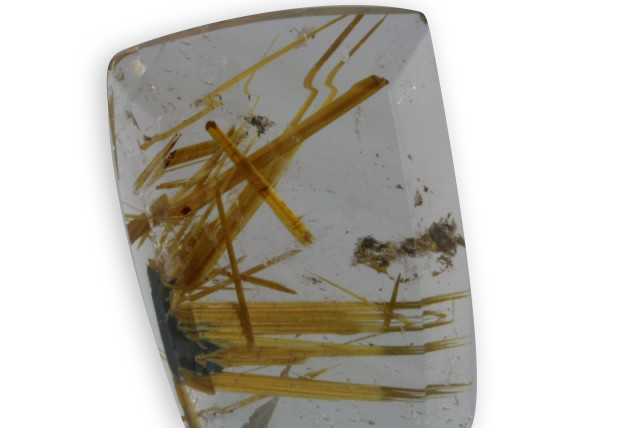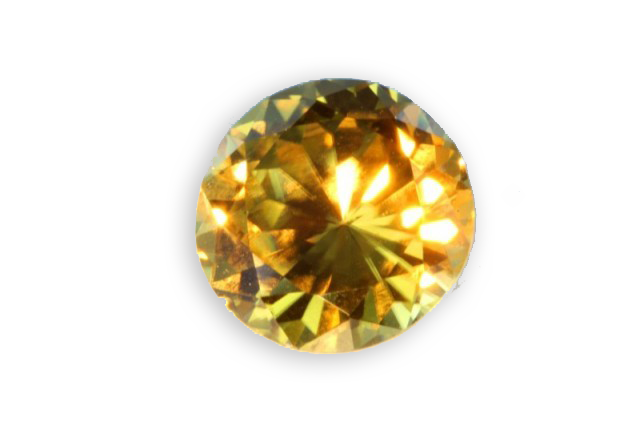
transparent
Je vous emmène à travers mes vidéos découvrir mon expérience acquise depuis plus de 30 ans a silloner le globe entier à la recherche de pierres précieuses, de rencontre mémorables mais aussi de difficulté parfois …
actualités
Categories

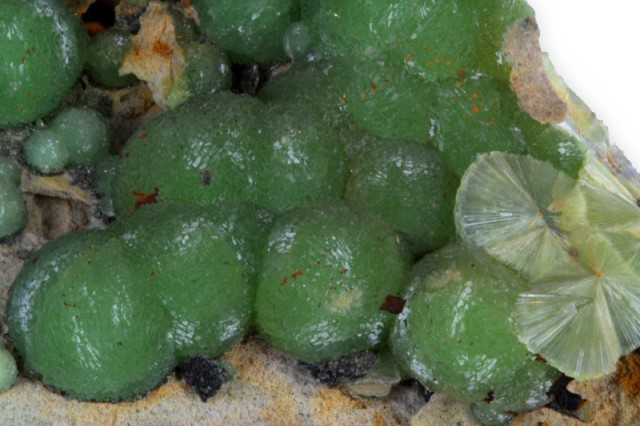
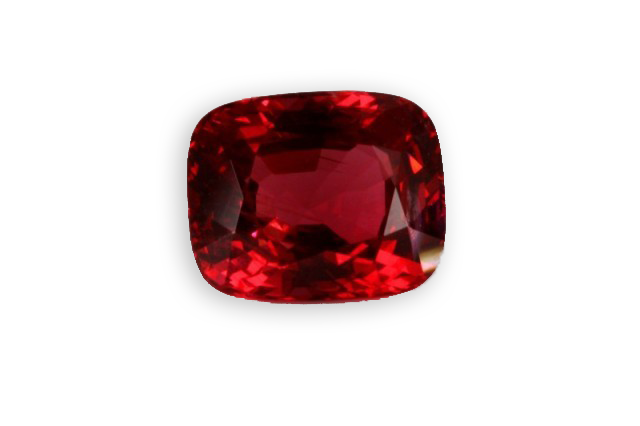
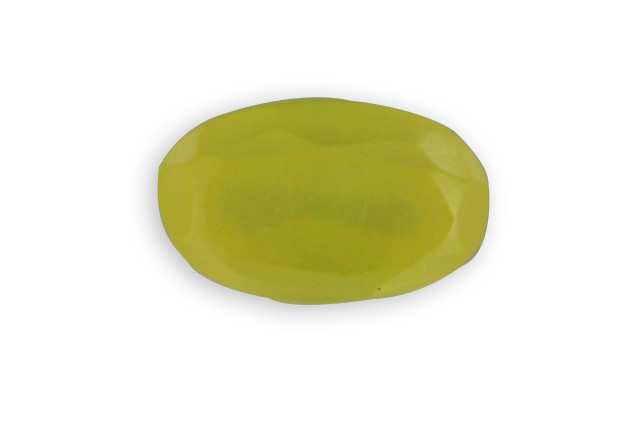
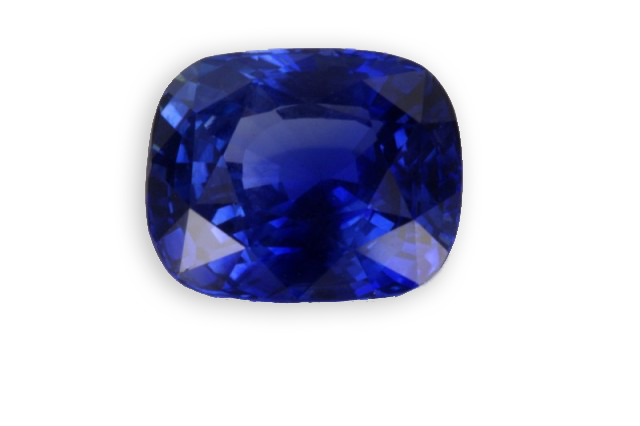
sapphire
ck_admin
March 24, 2021
Its name comes from the Hebrew “Sappir” which referred for a long time the blue gems, the “most beautiful things”. By 1800, it was shown that the ruby and sapphire were only varieties of the same mineral, corundum. Currently, sapphire corresponds to all the blue
